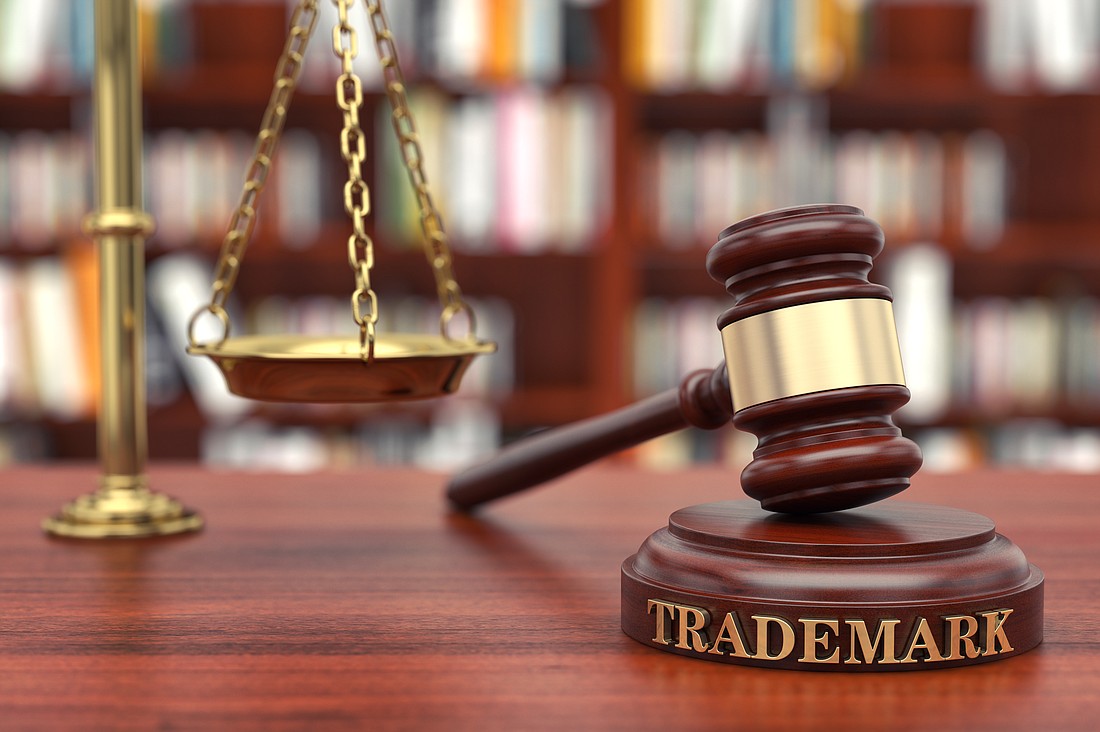Trademark protection can be essential to your business. One reason is trademarks can establish goodwill and reputation. If another business uses a similar mark for similar goods/services, customers may get confused. This can lead to a loss of business and possibly reputation. If trademark protection is something that interests you, here is the reality behind some common trademark myths.
1. Myth: A trademark that describes your business is a good trademark.
- Reality: Marks that describe your business are harder to protect and enforce.
2. Myth: Applications are easy to file, and it does not matter if there are mistakes.
- Reality: The trademark registration process is not always straightforward, and defects in an application can lead to issues (and maybe even cancellation) later. You should consult with a trademark attorney to review your mark/prepare your application.
3. Myth: Filing/registering for a business name/LLC, domain name, or fictitious name (d/b/a) provides trademark protection.
- Reality: Trademark rights are created by using the mark. These other registrations do not create trademark rights or provide trademark benefits. Trademark registration provides the best protection.
4. Myth: I am not using the mark and should wait to file.
- Reality: You do not have to be using the mark to file for a federal trademark (although use will eventually be required for registration). Trademark applications should be filed as soon as possible to avoid a conflict with an earlier-filed mark.
5. Myth: My mark isn’t identical to another mark, so it isn’t infringement.
- Reality: Two marks do not have to be identical to constitute infringement. The question is generally whether the marks look/sound similar and if the goods/services are similar.
6. Myth: Registration provides absolute protection from infringement claims.
- Reality: Priority of a mark is often determined by who was first to use the mark in commerce, not necessarily who registers first (although early registration can be helpful).
7. Myth: Once you receive trademark registration, you do not need to do anything.
- Reality: Filings/renewals need to be completed to maintain registration. You should also develop mechanisms to review others’ use of similar marks and to enforce your rights.
8. Myth: Trademarks and copyrights are the same.
- Reality: Copyrights and trademarks are different concepts. They protect different subject matters, and the process differs greatly. If you are interested in copyrights, check out our next article describing important copyright concepts.

